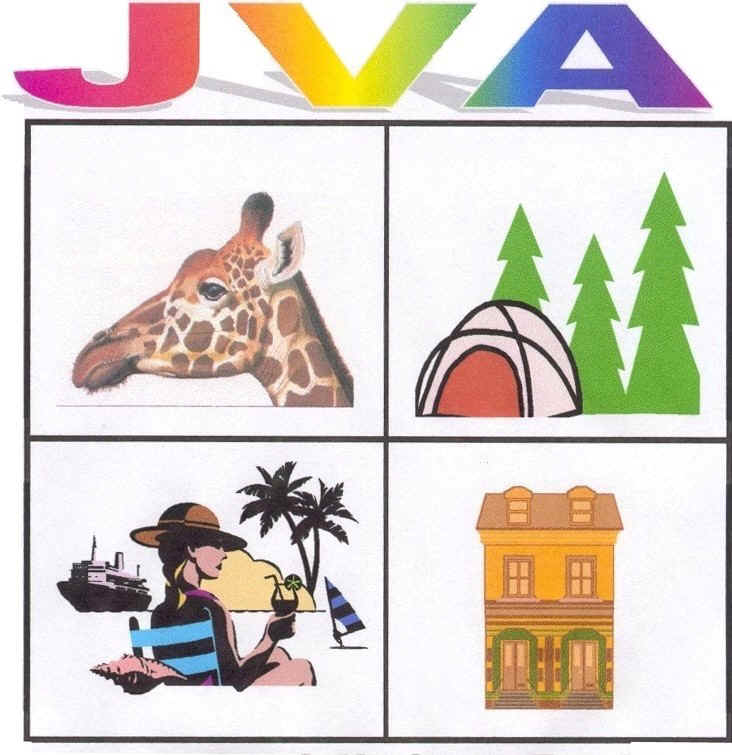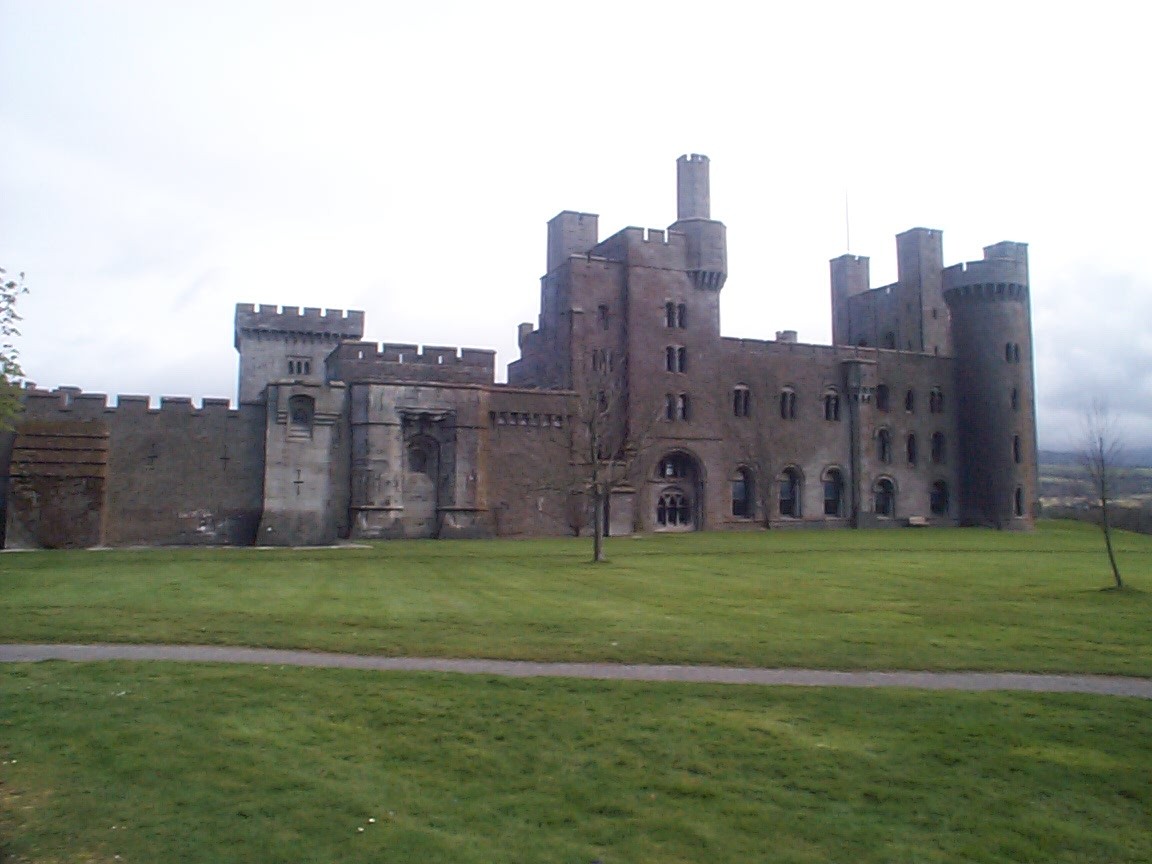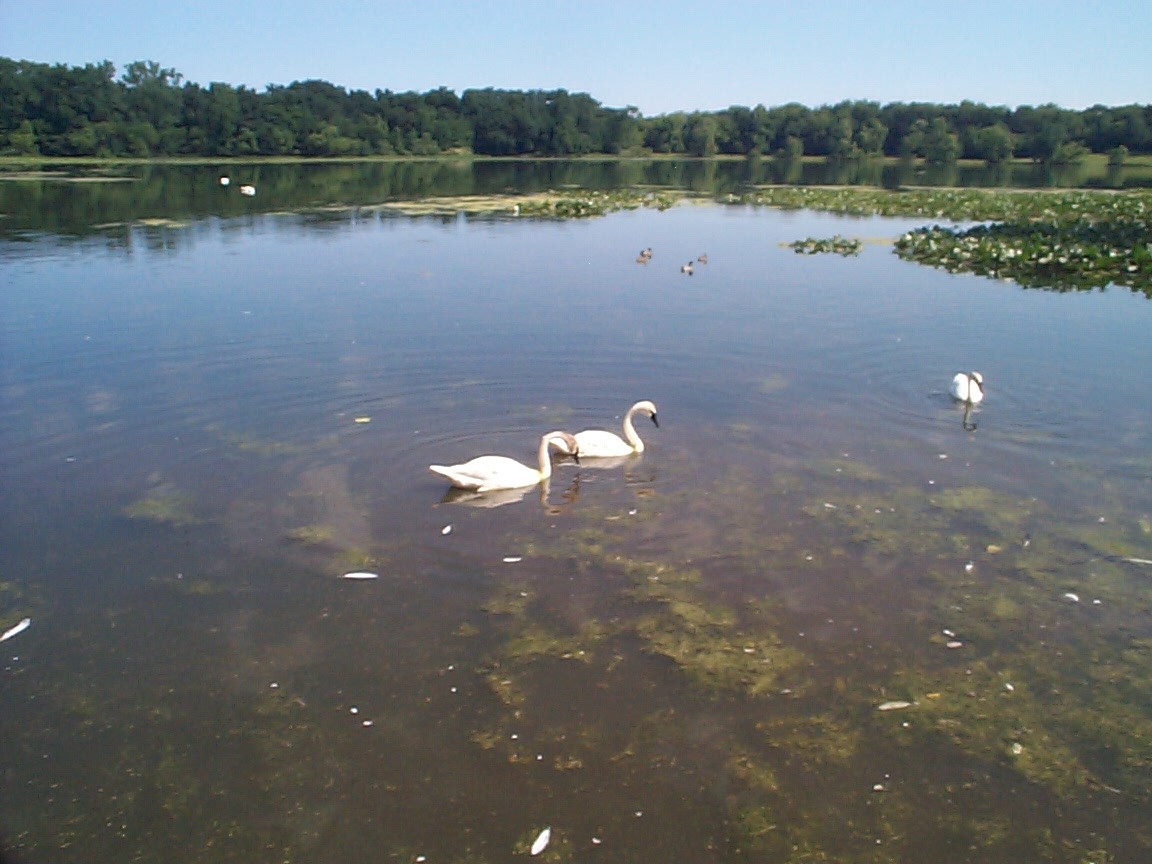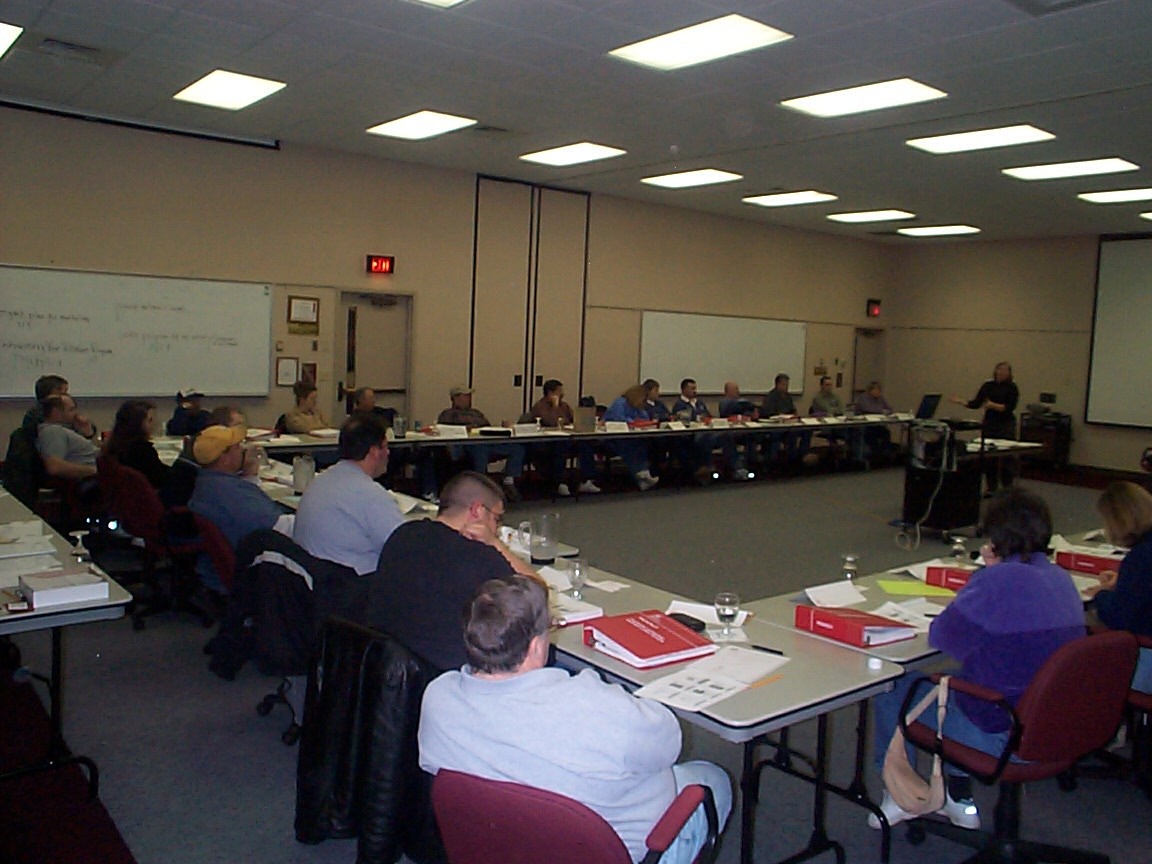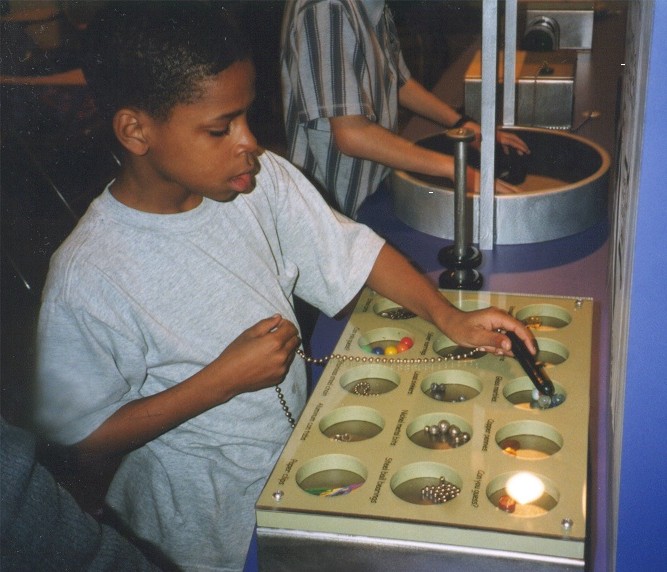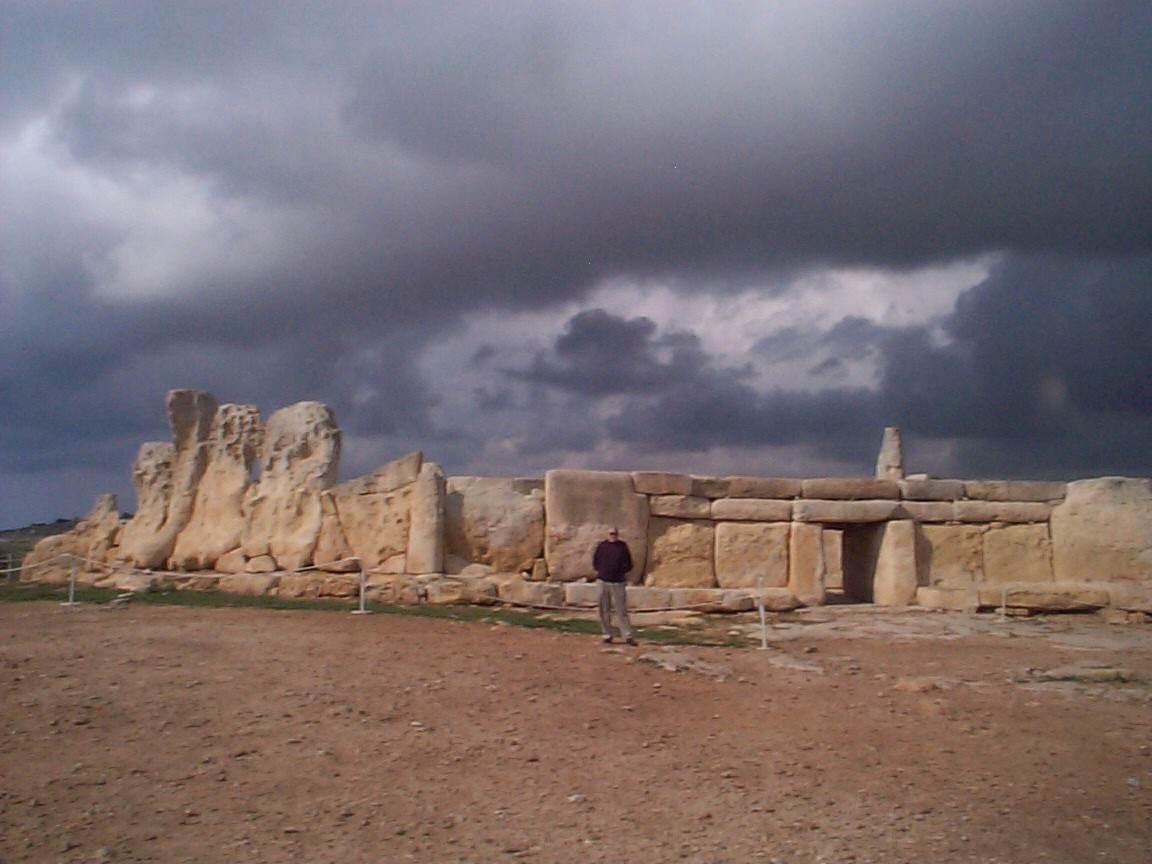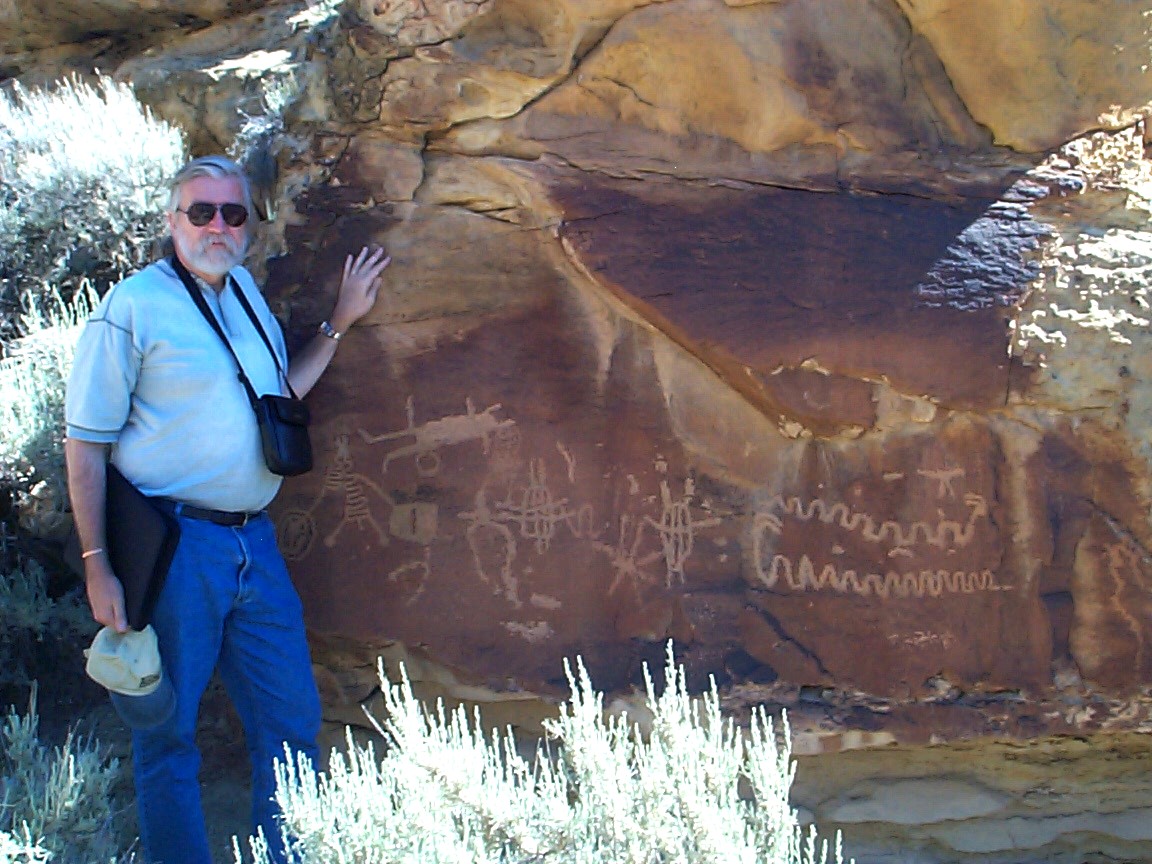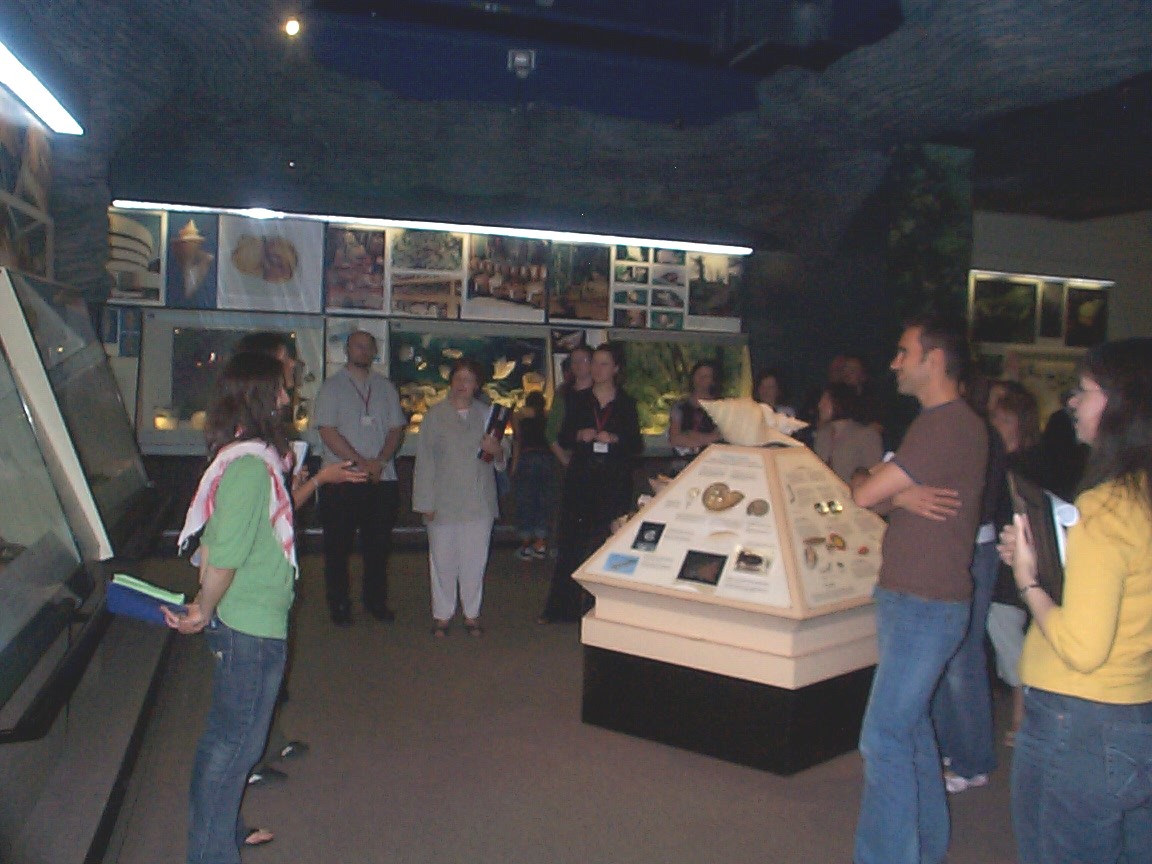|
Why Heritage Sites Need Interpretation
For Their Long Term Survival.
John A. Veverka
John Veverka & Associates
Paper developed for the National Trust for Scotland
Interpretation Seminar, October 2000
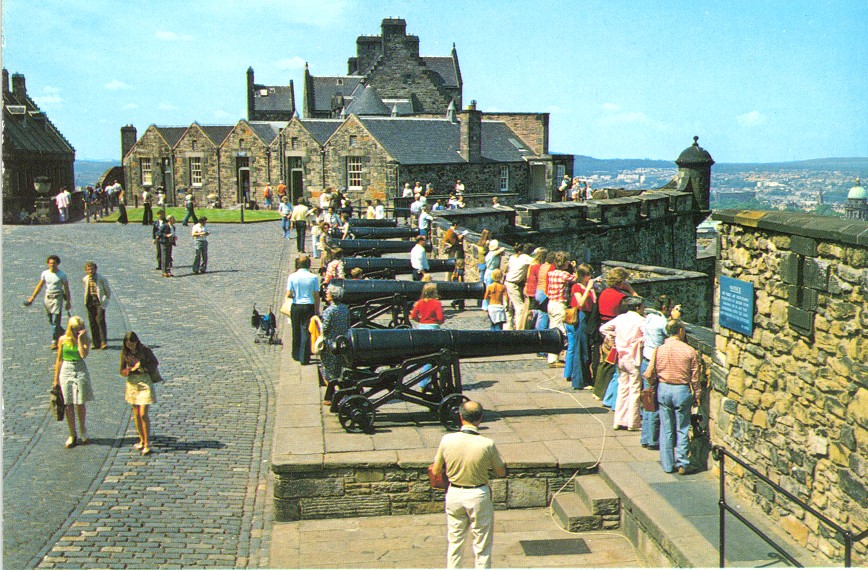
(Edinburgh Castle, Edinburgh, Scotland)
So why do heritage sites need interpretation to survive?
In some cases where a heritage site is big enough or well known enough, it might not
require as much interpretive effort to attract visitors – people will want to see it
or experience it because of other benefits the site provides. Interpretation is a
"value added" benefit to the total site visit.
But for most moderate to small heritage sites, providing outstanding interpretive
programs and services, and having a good interpretive plan will be required for their
long-term tourism success.
Definitions
Before we look at the reasons heritage sites need interpretation, we should have some
definitions to work from.
Heritage Tourism – Visitors traveling to see, experience and learn about
(edutainment) natural or cultural landscapes, sites, features, objects, people, events and
stories. It needs to be noted here that the educational component of this type of
tourism is the key aspect of it. Visitors want to learn, see, and do! They travel to
heritage sites for a mix of edutainment experiences.
Interpretation – A communication process designed to reveal meanings and
relationships of our cultural and natural heritage to visitors, through first hand
experiences with objects, artifacts, landscapes, and sites.
Without interpretive services – having trained and skilled interpretive staff
present the unique story of each heritage site to visitors, or develop and offer
outstanding self-guiding interpretive opportunities for visitors – you don’t
have a historic or heritage site – you have an OLD
site. It is in the interpretation of the sites story to visitors where the
"heritage" of the site is brought to light. Interpretation makes the site come
to life for the visitors, giving the site relevance and importance. It reveals to
visitors, in powerful and memorable ways, the differences between "old" and
historic.
Interpretation is the most powerful communication process any historic or heritage site
has available to communicate its message(s) to visitors!
This may sound like a strong statement, but it’s true. This is because of where
interpretive communications strategies have come from: marketing, advertising, psychology
of the audience, recreational learning theory, consumer behavior and other related
professions and disciplines. Every time you see an advertisement on television or see one
in a magazine, you are seeing the principles of interpretive communication at work. Here
are just a few of the elements interpretation and professional interpreters bring to
heritage sites:
Knowledge and expertise in:
 | Journalism (exhibit label copy, brochures and site guides, news releases, etc.). |
 | Market analysis and evaluation. |
 | Market creation and tourism planning. |
 | Market diversification analysis and development. |
 | Willingness to pay analysis and understanding. |
 | Critical mass for regional tourism development and sustainability. |
 | Psychology of the audience. |
 | Psychology of the visit. |
 | Persuasion strategy development for interpreting critical management issues. |
 | Perception of the experience (experience marketing). |
 | Non formal or recreational learning theory and recreational learning program development
(learning for fun or enjoyment). |
 | Site interpretive master planning skills. |
 | Interpretive program, services and media development. |
So which of the things on the above list can a heritage site do without having –
and be truly successful in reaching its full heritage tourism potential? NONE. From this
list, there are required elements that interpretation brings to the total heritage site
success equation, no matter how heritage sites define success. Here are three ways
that interpretation fits into success equations.
Financial Success
For every heritage site, the first rule of business is to "stay in business".
This means that the heritage site has to be financially successful. So the success
equation might look something like:
For Financial Success –
Overhead
and Operations Costs
+
Visitor
admission fees and relates sales
Outside funding = a
positive number.
Success can be a "break even" goal, or a goal to make a profit to enable the
site to do repairs, add staffing, do restoration work, etc. Interpretation's role is
in helping to bring in the visitors.
A second type of "success" equation for political or community support might
look like:
Political and community support = quality
interpretation presentation + quality of site experiences + real
or perceived benefits of the site/agency to visitors and the community + evidence
of value and benefits.
For this "success" to occur the site must be using quality interpretive
communications to maximize the visitors and community perception and value of the site
– and support the site mission. It is difficult to accomplish this type of success to
its fullest potential without active and powerful site based interpretation (programs and
services) and exploiting interpretations powerful "public relations" potential.
A third type of "success" is measured by the level in which the historic site
mission and objectives are accomplished:
Cost
of Interp. Programs & Services
+
Number of visitors that receive the message
The % rate at which the objectives are accomplished =
benefits greater than the cost of the contact (yes or no).
In other words, if you spent $100 on an interpretive board, and 100 visitors saw and
read the message, then the cost per contact would be $1.00. The questions is "what
happened as a result of that contact"? If you spent $1.00 per contact and, as a
result, had a management objective accomplished at a 70% level – let’s say a
reduction in littering or less complaints about a management activity - then a reasonable
cost per contact for a high cost effectiveness ratio (getting a real return for your
interpretive investment) = success.
In this example as well, professional interpretive planning and design is key to the
successful cost effectiveness of the interpretive media or services presentation.
The media must effectively motivate, stimulate, inspire, and touch visitors for them to
"react" to the message.
So no matter which type of success you are interested in, one or probably all,
you cannot ever reach your true success potential in heritage tourism for your site
without using quality, professional interpretation (programs, services, media and staff)
to effectively communicate to your various target market groups.
Why is interpretive communications so powerful?
The main principles of communication used in developing any ad campaign are a
foundation of interpretive communications. Professional interpreters use their
understanding of interpretive techniques to develop the interpretive program, service or
media to:
 | Provoke the attention of the visitor. |
 | Relate to the every day lives of visitors. |
 | Reveal the essence of the message in a unique or interesting manner. |
 | Develop objective and outcome based media, program or services plans. |
 | Target messages to specific market groups interests, backgrounds and feelings. |
 | Have in-depth understandings of their audiences. |
 | Can make the presentations fun, inspirational, memorable and powerful. |
 | Plan for the total visitor experience. |
 | Plan for low cost per contact while getting high cost effectiveness from the
communication (media, programs or services). |
What benefits does interpretation bring to historic site
management – SUCCESS!
 | Interpretation shows the visitors why the heritage site has value – to them (the
visitor), to the community, and perhaps regionally or nationally. |
 | Interpretation can inspire visitors and create a sense of individual and community
pride. |
 | It is the interpretation (programs, living history, guided tours, exhibits, etc.) that
visitors come to the heritage site for – the story and site experience. Without
interpretation a historic site is, in the eyes of the visitor, just another OLD site. |
 | Interpretation gets visitors to CARE about heritage (theirs or other cultures). |
 | Interpretive services are the reasons visitors come back to heritage sites. |
 | Interpretive programs and services can increase visitation by increasing the perception
of BENEFITS tourists receive by going to a particular heritage site. |
 | Interpretive programs and services can produce reductions in site maintenance, and
related management issues when used as a management tool. |
 | Interpretive programs and services can make money! |
 | Interpretive programs and services provide added value to any heritage tourism
experience, and heritage site marketing efforts. |
 | You cannot have heritage tourism without interpretation. Heritage tourism is dependent
upon the story of the site and the willingness of visitors to want to travel to see, learn
about and experience the site. |
 | Interpretation brings in more visitors, more repeat visitors and more income. |
 | Interpretation helps visitors create their own unique choice of ways to experience and
learn about a site and its story (mass customization and markets of one). |
How do you know when heritage sites need interpretation –
warning signs.
Here are a few indicators that heritage sites are in need of interpretive programs
or services (new or improved):
 | Visitation numbers have not significantly increased over the past 2-3 years (and you can’t
always blame it on the weather). |
 | Visitation numbers have flat lined (no growth). |
 | Visitation numbers are far below expected numbers in relationship to site location
(population bases), and visitation numbers to other similar heritage sites. |
 | Visitation numbers are decreasing (over one or more years). |
 | Site visitor management problems are increasing or remain unresolved (littering, etc.). |
 | You have very poor community support (image, etc.). |
 | You are experiencing a reduction in grant aid support from past years. |
 | Visitors do not leave your heritage site truly understanding the story of the site, or
the value in preservation of historic sites and landscapes. |
 | Memberships to your organization are flat or declining. |
 | Your agency has poor name (and mission) recognition. |
 | Your heritage site lacks sparkle, excitement, fun, experiences, and BENEFITS to
visitors. |
 | Your marketing brochures have pictures of landscapes, furniture or buildings, but no
people in the pictures. |
 | You have to reduce hours of operation due to poor visitation. |
 | It is difficult to keep guides or volunteers. |
 | Staff begin to move on to other sites. |
 | On a Saturday afternoon in the summer your site looks "empty". |
Interpretation is an attitude.
Interpretation is not just a thing, like a board or exhibit. It is a way of thinking
about the quality of the communication and services you will provide to visitors. It is
the desire to make sure that the presentation of the heritage site message or story is
cost effective, powerful, and gets results (outcome based objectives). It is a love of
talking to and with visitors, and getting them as excited about the site as you are. It is
a commitment to providing uncompromising quality for the visitor’s experience, and
always leaving them asking for more! Without this attitude about interpretive quality and
customer care excellence, the site and visit becomes stale, boring and lacks soul. The
result - visitors can sense this and register their feelings by not coming back again.
Heritage sites need interpretation to help attract visitors – with
out interpretation, heritage sites are empty shells of lost opportunities.
Summary
Interpretation is an indispensable part of a heritage sites ultimate success
(financial, political and educational). Interpretation of the site story and message is
the main reason visitors go to heritage sites, and a key element in any heritage tourism
site development. Heritage sites can never truly reach their success potential without
having interpretive plans, programs, services, media, and staff to relate the site stories
and importance to visitors. Interpretive programs and services can help increase site
visitation, increase repeat visitation, increase and improve community support, and a
variety of other benefits to the heritage site(s) using this powerful communication
strategy.
References:
Gilmore, James. H. and B. Joseph Pine III. Markets of One. Harvard Business
Review, 1988.
O’Sullivan, Ellen and Kathy Spangler. Experience Marketing: Strategies for the
New Millennium. Venture Publishing, 2000.
Pine II, Joseph B. Mass Customization. Harvard Business School Press 1993.
Pine II, Joseph B. The Experience Economy. . Harvard Business School
Press, 1999.
Schmitt, Bernd. H. Experiential Marketing. The Free Press, 1999.
Tilden, Freeman. Interpreting Our Heritage. The University of North Carolina
Press, 1957.
Veverka, John A. Interpretive Master Planning. Acorn Naturalists, 1994.
For copies of other related interpretive and heritage tourism articles, visit our web
site LIBRARY at www.heritageinterp.com.
John A. Veverka
jvainterp@aol.com
| 
